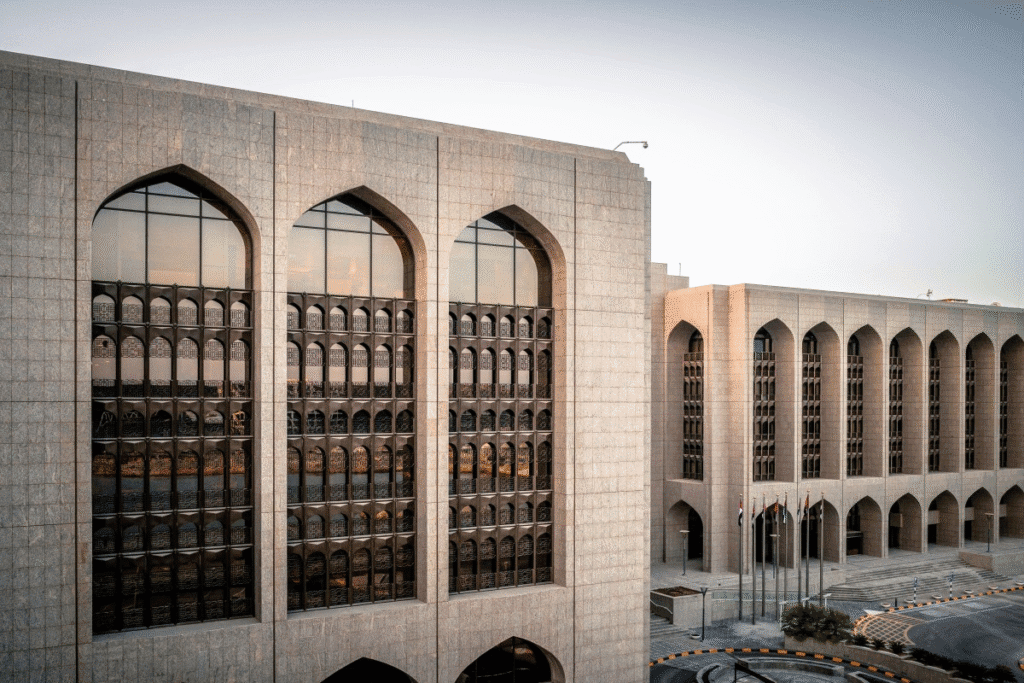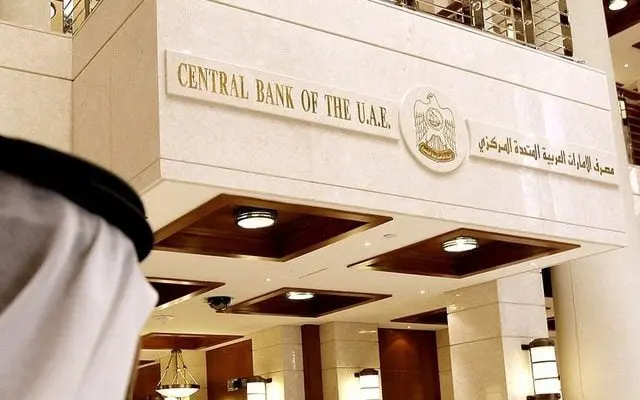UAE Central Bank Assets Growth showed positive momentum in July 2025, with gross assets rising by 1 percent to reach $1.36 trillion. The increase highlights the continued expansion of the country’s financial sector, supported by rising deposits, growing credit, and stronger money supply levels. This steady upward movement reflects both economic confidence and stability across the United Arab Emirates.
Understanding UAE Central Bank Assets Growth
UAE Central Bank Assets Growth refers to the increase in total gross assets held by banks under the Central Bank of the UAE. These assets include loans, deposits, government bonds, financial instruments, and reserves. Growth in these assets is usually a sign of financial sector health, as it demonstrates stronger lending activity, more deposits flowing into the system, and higher liquidity within the economy.
When banks’ balance sheets expand, it means more money is circulating in the economy, businesses have greater access to loans, and confidence among both investors and depositors is strong. For a country like the UAE, where diversification beyond oil plays a key role, healthy banking growth provides crucial support for other industries such as trade, tourism, and real estate.

Key Figures from July 2025
The July 2025 figures underline how the UAE’s banking system continues to grow:
- Gross bank assets rose by 1 percent, increasing from AED 4.97 trillion in June to AED 5.02 trillion in July.
- Gross credit expanded by 1.4 percent, moving from AED 2.33 trillion to AED 2.36 trillion.
- Total bank deposits grew by 1.1 percent, reaching AED 3.08 trillion compared with AED 3.04 trillion the previous month.
- Money supply indicators also saw positive growth. M1 increased by 0.3 percent, M2 rose by 0.6 percent, and M3 expanded by 0.8 percent.
- The monetary base grew by 0.5 percent, reflecting higher bank and financial corporation accounts along with growth in monetary bills and Islamic certificates of deposit.
When converted to US dollars at the fixed exchange rate of AED 3.6725 per dollar, the AED 5.02 trillion in assets translates to approximately $1.36 trillion.

What is Driving the Growth?

Several key factors have contributed to the rise in UAE Central Bank assets in July 2025.
Increase in Deposits
Deposits from both residents and non-residents went up. Government-related entities and the government sector made significant contributions, while private sector and household deposits also saw steady increases. Higher deposits give banks more liquidity to expand lending activities.
Expansion of Credit
Gross credit grew by more than one percent, with lending to both government entities and private companies. This indicates rising demand for financing across different parts of the economy. Growth in credit is usually a signal that businesses and households are optimistic about the future and willing to borrow for investment or consumption.
Rising Money Supply
The increase in M1, M2, and M3 shows that more liquidity is entering the system. These measures reflect different layers of money, ranging from cash in circulation to broader deposits and government funds. A higher money supply supports stronger economic activity, though it must be carefully managed to prevent inflation.
Strong Government and Public Sector Activity
The growth in deposits from the government and government-related entities indicates active fiscal operations, public projects, and financial flows into the banking system. The government’s role in maintaining strong financial reserves has helped boost overall assets.
Stability in the Monetary Base
Although some parts of the monetary base, such as reserves and currency outside banks, saw declines, other areas rose. This balance ensured overall stability and supported asset growth. The stability of the dirham’s peg to the US dollar also plays an important role in maintaining confidence in the banking system.
Risks and Challenges
While the growth in assets is a positive sign, it also brings some challenges.
Inflation Pressures
More money in the system can push up inflation if the supply of goods and services does not keep pace. The Central Bank must manage liquidity carefully to ensure that price stability is maintained.
Asset Quality Concerns
An increase in lending is encouraging, but banks must continue to monitor the quality of credit. If borrowers face repayment difficulties, it can affect the health of the banking sector.
Dependence on Government Deposits
Much of the growth has been supported by deposits from the government and government-related entities. While these are stable sources, the private sector’s share of deposits and credit should also grow to ensure balanced development.
Global Economic Risks
The UAE’s financial system, though strong, remains linked to global markets. External shocks, changes in oil prices, or global interest rate moves can affect both liquidity and credit growth.
Implications for the UAE Economy
The UAE Central Bank Assets Growth carries several important implications for the wider economy.
Strengthening Financial Stability
A growing banking sector demonstrates confidence in the financial system. It reflects strong liquidity, higher deposits, and more lending activity, which together build resilience against external shocks.
Supporting Economic Diversification
As the UAE continues its push to diversify away from oil, banking growth provides vital support for non-oil sectors. Businesses in areas like real estate, technology, tourism, and trade rely on bank lending for expansion.
Attracting Investment
International investors often look at the health of a country’s banking sector when considering opportunities. A stable currency, expanding credit, and strong deposits make the UAE an attractive destination for investment.
Policy and Planning Benefits
Higher assets give the Central Bank more flexibility to manage liquidity, address inflationary pressures, and support long-term policy objectives. It also ensures that the financial system remains well-equipped to fund infrastructure and development projects.
Comparison with Previous Trends

In June 2025, UAE banks’ gross assets stood at AED 4.97 trillion. The July increase to AED 5.02 trillion continues the upward trend seen throughout the year. Compared to other Gulf economies, the UAE remains one of the leaders in banking sector strength, supported by a stable currency peg and diversified deposits. The steady increase in assets is in line with broader forecasts of moderate but stable economic growth in the region.
Looking Ahead: What to Monitor
As the UAE moves through the second half of 2025, several indicators will be important to track:
- The pace of credit growth across private and public sectors.
- Inflation movements as money supply continues to expand.
- Global interest rate changes that may affect liquidity.
- The balance between government-driven deposits and private sector participation.
- Sectoral distribution of loans, especially to SMEs and non-oil industries.
Keeping an eye on these factors will help gauge whether the current pace of growth can be sustained and whether risks are being effectively managed.
Conclusion
UAE Central Bank Assets Growth of 1 percent in July 2025, bringing total gross assets to around $1.36 trillion, highlights the strength and resilience of the country’s financial system. With deposits and credit both rising, and money supply aggregates showing positive growth, the outlook for the UAE banking sector remains strong. While challenges such as inflation and external risks exist, the overall trajectory is encouraging. The steady growth of assets positions the UAE well to support ongoing economic diversification, attract investment, and maintain financial stability in the years ahead.
Do follow UAE Stories on Instagram
Read Next – Top 8 Fitness Communities to Join in Dubai















